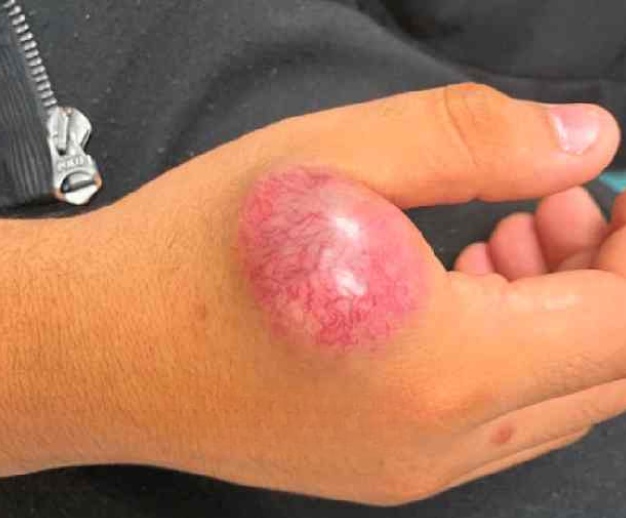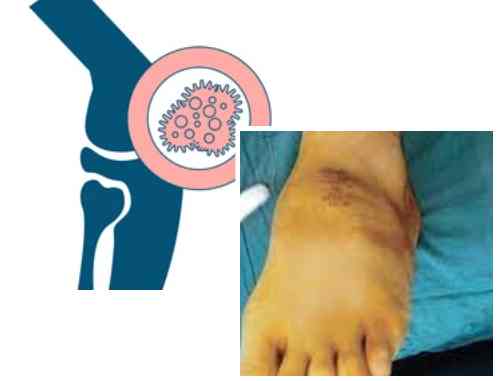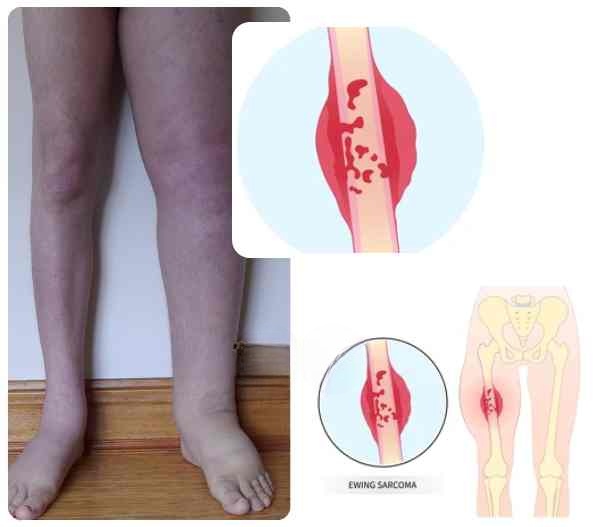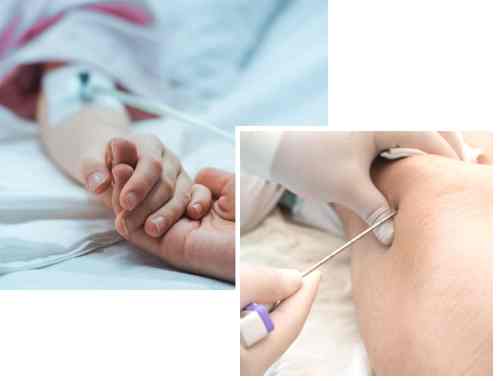Ewing Sarcoma Cancer

Ewing Sarcoma Cancer Doctor in Kolkata
Symptoms of Ewing Sarcoma
When symptoms occur in these areas, they may include:
- A lump in the arm, leg, chest, or pelvis
- Bone pain
- A fracture (break in a bone)
- Pain, swelling, or tenderness near the affected area
In some cases, Ewing sarcoma can also lead to systemic symptoms, such as:
- Fever
- Unintentional weight loss
- Fatigue
In case you experience these symptoms, consult with the ewing sarcoma oncologist in Kolkata for treatment.
Causes of Ewing Sarcoma Cancer
These DNA changes impact the EWSR1 gene. If the doctor suspects Ewing sarcoma, your cells may be tested for alterations in this gene.


Stages of Ewing Sarcoma cancer
Stage 1: Localised
Stage 2: Localised with Regional Spread
Stage 3: Metastatic
Stage 4: Recurrent

Diagnosis of Ewing’s Sarcoma
Imaging Tests
Imaging tests allow providers to closely examine your child’s bones and soft tissues to check for tumours in other areas. These tests may include:
- X-rays
- Magnetic Resonance Imaging (MRI)
- Computed Tomography (CT) Scan
- Positron Emission Tomography (PET) Scan
- Bone Scan
Biopsies
Needle Biopsy
A thin hollow needle is used to extract cells, fluid, and tissue from suspicious lumps.
Bone Marrow Aspiration
This involves collecting liquid from the spongy material inside the bone marrow to look for cancerous cells.
Blood Tests
Complete Blood Count (CBC) with Differential
Low levels of blood cells and platelets may indicate cancer.
Comprehensive Metabolic Panel
This test measures the levels of enzymes and other substances in the blood.
Lactate Dehydrogenase (LDH)
Elevated LDH levels may suggest tissue damage due to cancer.



